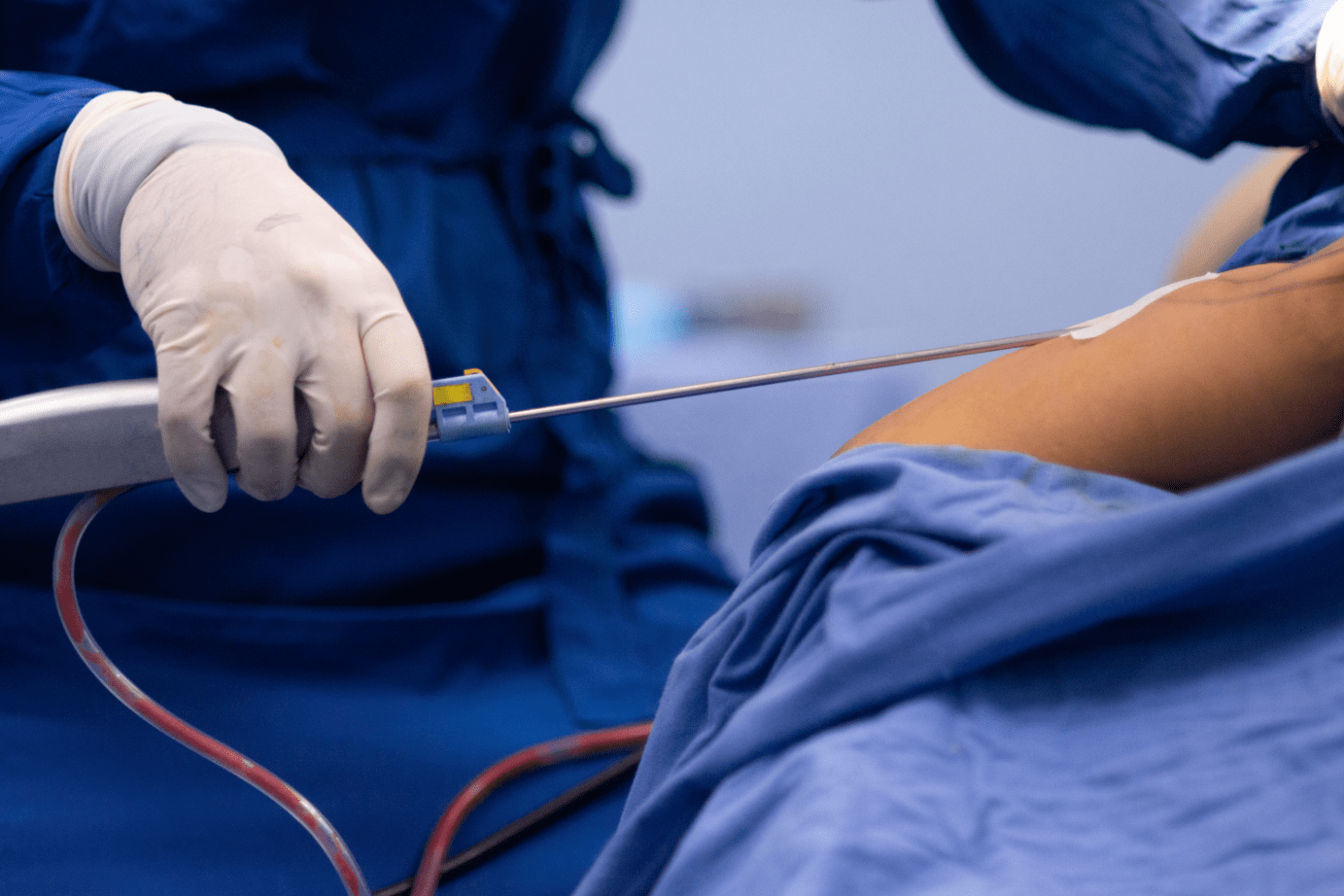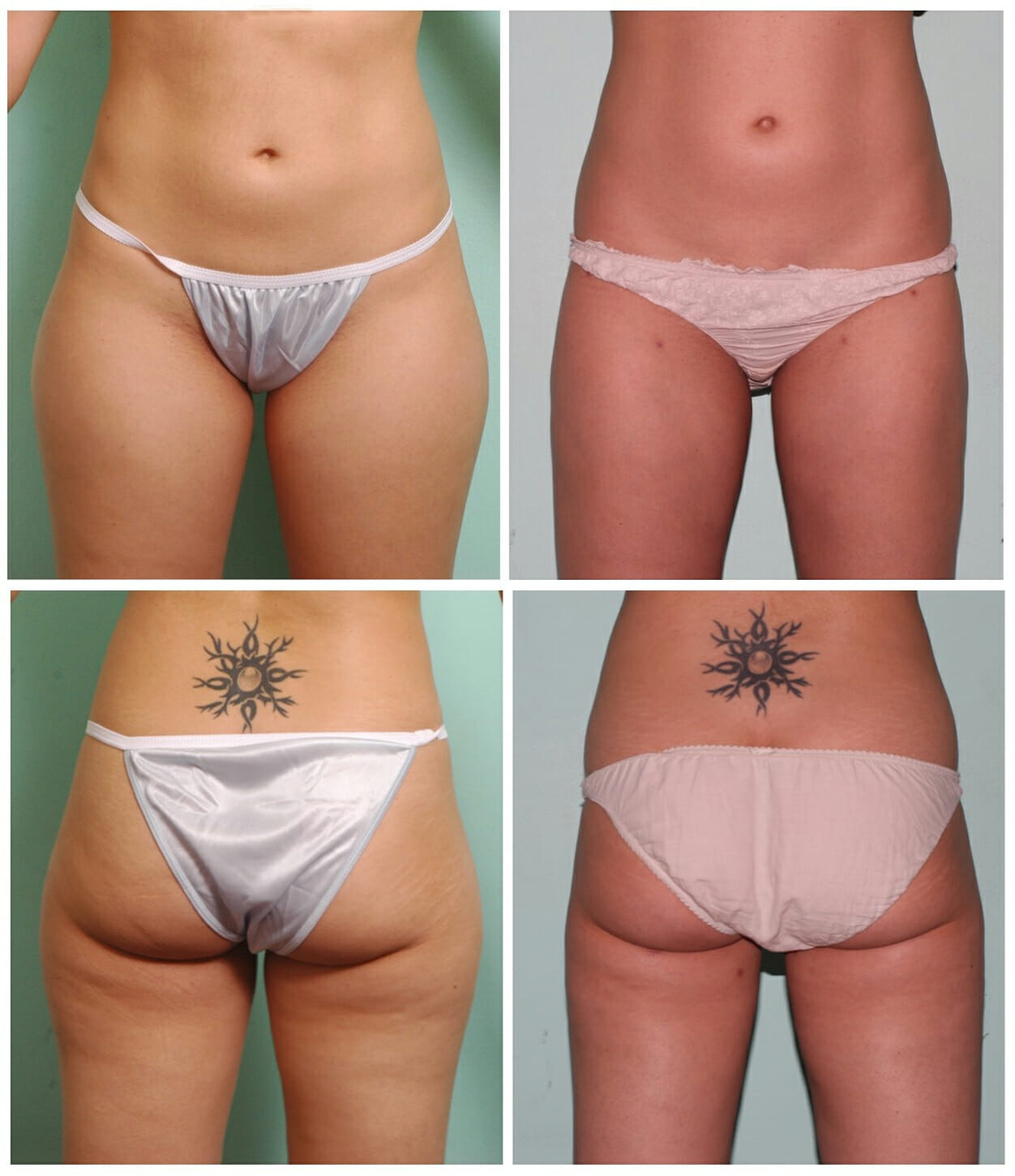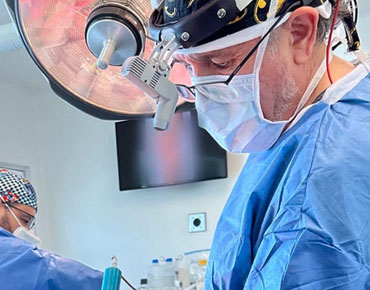A Complete Guide to Liposuction
What You Should Know About Liposuction
Liposuction is one of the most effective ways to target and remove localized areas of stubborn fat after the patient has attempted other natural weight loss methods. Even with heavy exercise and a routine diet, these fat deposits are hard to work on, in parts such as your underarms, stomach, hips, and thigh. Liposuction can sculpt your body and eliminate unwanted fat deposits.
What Is Liposuction?
Liposuction is a very flexible body-sculpting technique that can be used to eliminate excess fat from a variety of body parts, including the abdomen, hips, thighs, knees, arms, chin, cheeks, neck, and more. With the right candidate, it can produce truly amazing and natural-looking results.
Here is what you need to know about this common surgical procedure, whether you are just starting to investigate liposuction out of curiosity or have had a long-standing desire to contour different parts of your body.

Why Should You Get Liposuction?
Even though everyone around you claims that you are perfect just the way you are, you are not persuaded when you look in the mirror. That might be upsetting.
The mental and emotional well-being of an individual can be greatly impacted by being in a body that does not make them feel comfortable. It makes sense to want to undergo a cosmetic procedure.
All these problems, however, can be fixed with a liposuction procedure. Liposuction is a cosmetic surgery that removes excess body fat and gives you a smoother, better-contoured body. It is performed by qualified plastic surgeons.
Reasons to Choose Liposuction
- It will improve your body contour.
- It will make your clothes fit better and you will have a slim look.
- It’s a minimally invasive procedure, with a short operating time.
- Recovery time is one of the fastest and most effective results.
- Most patients are back at work after just a couple of days.
Eliminate Fat Cells That Are Resistant to Diet and Exercise
It can occasionally be very challenging to eliminate pockets of fat cells from your body, even with an active, healthy lifestyle that includes strict diets and exercise regimens.
Anywhere on the body, liposuction efficiently removes isolated, bulging areas of localized fatty deposits to produce a more aesthetically pleasing contour, and can be combined with body contouring to complement the liposuction results.
The Liposuction Surgical Procedure Can Be Performed in Almost Any Area
Liposuction is a good option for patients who want to target excess fat in several areas of the body for a more dramatic change in their body shape. The method’s adaptability makes it possible to use it almost anywhere to make the desired changes. This pertains to but is not limited to, the back, flanks, thighs, hips, and abdomen.
Liposuction Provides Long-Lasting Results
Fat cells are instantly and permanently removed with a liposuction procedure. The eliminated fat cells are permanently gone after your procedure is finished. Patients are advised to maintain their physical fitness and make wise dietary choices to maintain their results because the remaining fat cells can grow when there is significant weight gain.


Liposuction Can Be Combined with Additional Techniques Like Body Contouring to Produce More Dramatic Effects
For the best results, liposuction can be combined with other surgical procedures like a tummy tuck, breast lift, breast reduction, upper body lift, and other skin-tightening procedures to reduce the appearance of loose skin. For patients who want more extensive body contouring, fat transfer can also be done.
Are there different types of liposuction procedures?
Numerous varieties of liposuction emerged as medical knowledge and technology progressed:
Suction Assisted Lipoplasty (SAL)
This returns to the earliest and most basic method and might be thought of as a “traditional liposuction.” For this surgical procedure, a hollow cannula connected to a vacuum system is necessary. A simple mechanical separator is used for extraction.
With smaller cannulas, this procedure might be less taxing on the body for recovery. Fibrous tissues and the significantly increased physical effort required to make its limitations clear.
Ultrasound-Assisted Lipoplasty, or UAL
The ultrasound-assisted liposuction method uses a sound-energy-based process, to combine fat using an ultrasound source. Externally through the skin or internally through a cut into the subcutaneous tissue, this energy can be delivered.
This energy delivery has the effect of heating up the problem. Both the heat and the acoustic energy can occasionally cause damage the targeted fat.
The typical method calls for an extraction step after an emulsification step. The protection of surrounding tissues and skin surfaces during ultrasound delivery is a further concern, despite the high equipment cost.
Laser-Assisted Lipoplasty, or LAL
The laser-assisted liposuction method softens the targeted fat by using laser energy. Compared to ultrasound, it is more discrete and less likely to cause collateral tissue injury. By promoting deep dermal collagen, it may also play a supporting role in skin contraction.
Power Assisted Lipoplasty (PAL)
This method requires a power source. The surgeon’s workload is decreased while the extraction of fat is significantly enhanced by this powered assistance. According to most reports, this method is superior to SAL for removing large volumes, removing fat from areas that need revision, and treating fibrous areas. Recovery time and result quality are the same for all techniques. It has a larger safety margin than UAL because it doesn’t generate heat or generate shock waves that may damage the machinery.
Liposuction Recovery Process
Following your liposuction procedure recovery, you will be given lycra compression garments to wear for the first six weeks following surgery. They are crucial for your recovery and for getting the best-looking results and can be worn under your clothes like underwear.
They’ll also make you feel good as a bonus. A day after surgery, you can take a shower while also washing and drying your dressing, then reapplying it after.
After liposuction, you’ll experience noticeable swelling and bruising, which is completely normal. Although it can be annoying, this will pass in about 6 to 8 weeks. But once it does, you’ll have exchanged a few trying weeks for a lifetime of happiness with your new outcome.
We understand that you are eager to see your outcome right away. Just be patient and carefully adhere to your surgeon’s instructions, especially when it comes to post-operative massage techniques that can help reduce swelling and break up scar tissue.
Things You Need to Consider When Choosing a Surgeon
You need to know about your surgeon before getting any type of procedure. Knowing their certifications, years of experience, and if the surgeon can answer any questions you may have. Taking these factors into consideration you can be assured that your procedure will be safe, and you will be satisfied with the outcome.


Select a Surgeon with Experience, Particularly in the Desired Procedure
Hospitals frequently assume that some unfortunate outcomes are unavoidable, and this is true. However, according to experts, many surgical injuries can be prevented. That is why it is so important for your health and safety to choose the right surgeon.
Each cosmetic surgeon will have different skills because there are so many different cosmetic surgery specialties.
Certifications Mean Everything
Many prospective patients mistakenly believe that a surgeon is only Board-certified if they work in clinics and can perform the procedure they advertise. Before scheduling a consultation, do your research and confirm that the surgeon you want to work with is Board-certified.
Select the surgeon and support staff that you feel most comfortable with.
The fact that a plastic surgeon is “the best” does not give him the right to stress you out or make you feel uncomfortable.
Questions to Prepare for Your Surgeon
Before your initial consultation, you must prepare several questions. Most surgeons will typically provide you with the details you require before even posing questions.
Request a step-by-step explanation from your surgeon. Find out the methodology that will be applied. Also ask about the type of anesthesia that will be used to keep you asleep and pain-free throughout the procedure. Asking your surgeon questions like: Where will the operation take place, what are the risks and what can you do to prepare.
Maintain an Open Line of Communication
Deciding on plastic surgery will be simpler if you are informed about your surgeon. Ensure that communication between you and your plastic surgeon is honest and open.
When looking for a surgeon, be sure to look for one who is Board-certified and specializes in gynecomastia surgery or male reduction surgery, such as Dr. Castañeda, who is Board-certified in both Mexico and the USA. It’s crucial to stay in touch with your surgeon and keep an eye on your weight gain if you want to stop the fat from coming back.
Price vs. Quality: What You Pay for Is What You Get
It doesn’t necessarily follow that a plastic surgeon’s work will be of the highest caliber just because they charge absurdly low procedure fees. With plastic surgery, you do “get what you pay for.” Consider the source of the surgery rather than just the cost. Is the surgeon’s work of a high standard? Are they Board-certified? Do they have happy customers?
Accepting a deal from a subpar surgeon can lead to poor results or health issues. Make sure your plastic surgeon is certified also both reasonably priced and reputable by doing your research.
Ready to Get Started?
To schedule a one-on-one cosmetic surgery consultation with one of our board-certified plastic surgeons to find out more about liposuction in Tijuana, please contact COSMED toll-free by calling 1 (619)738-2144 today.
View liposuction photos from VIDA to see the natural-looking results you can achieve with body contouring surgery in Tijuana, Mexico.